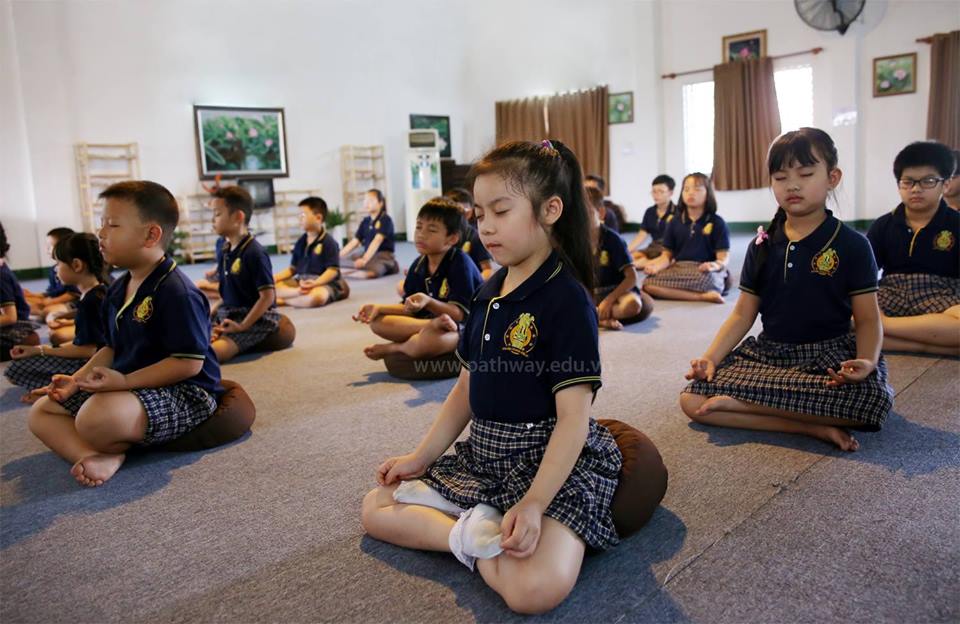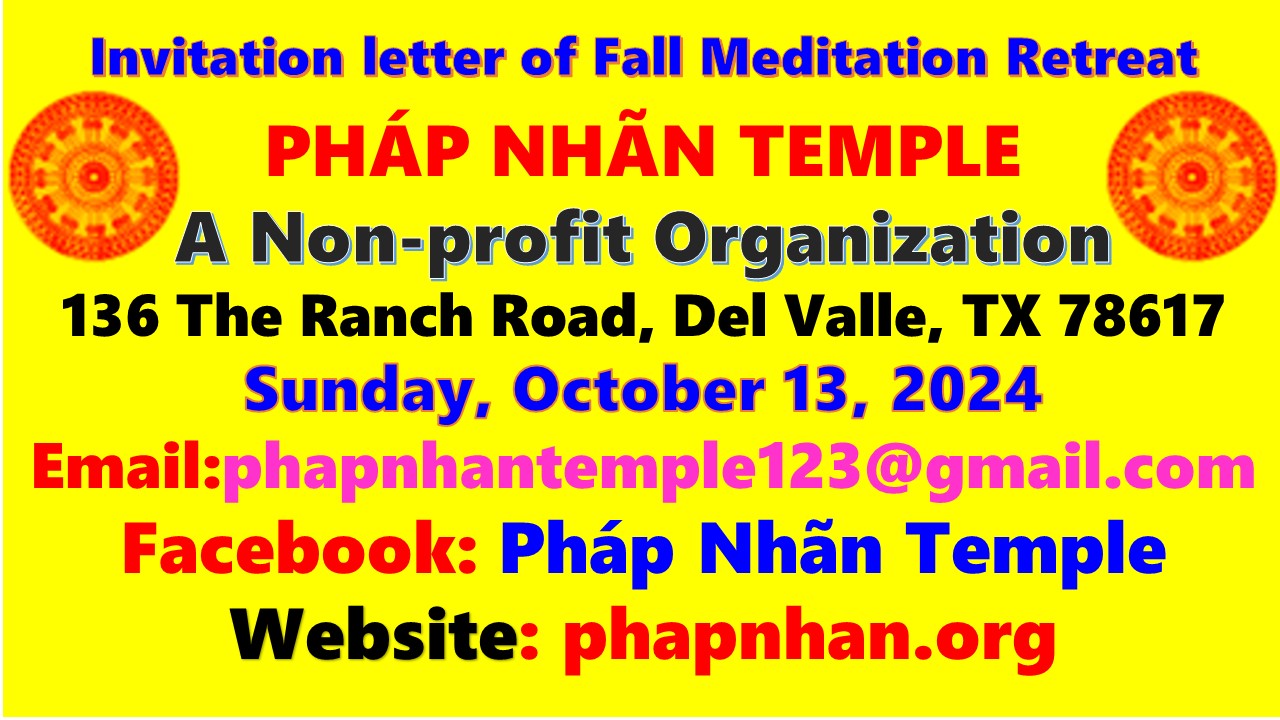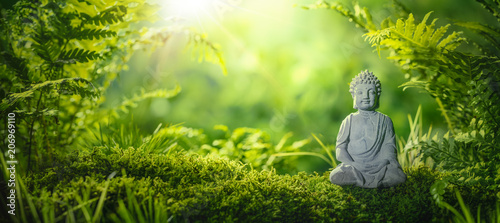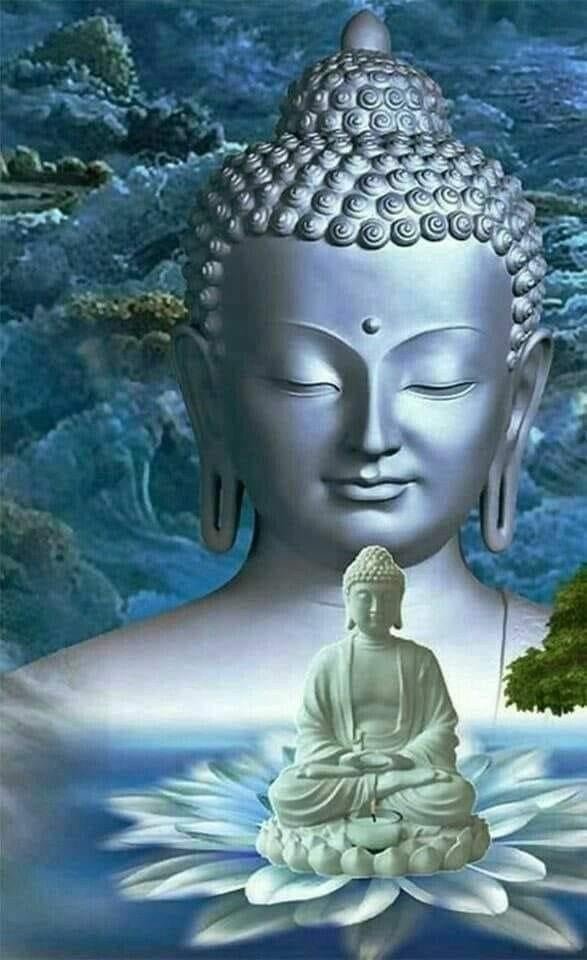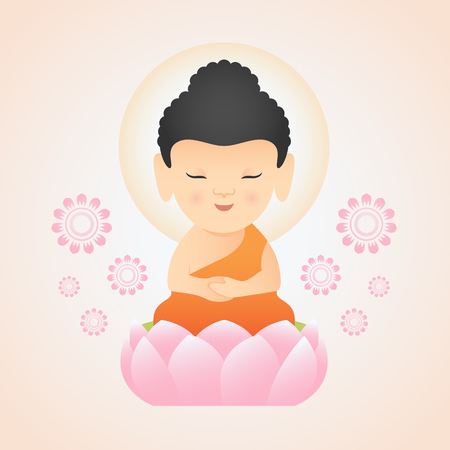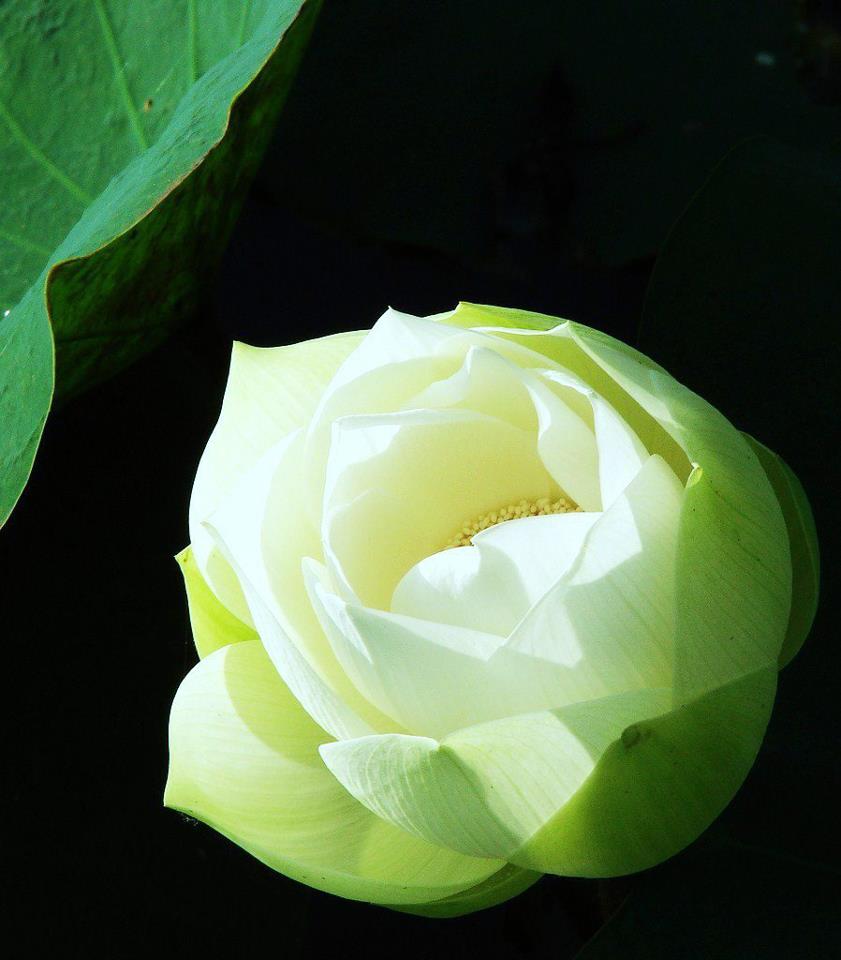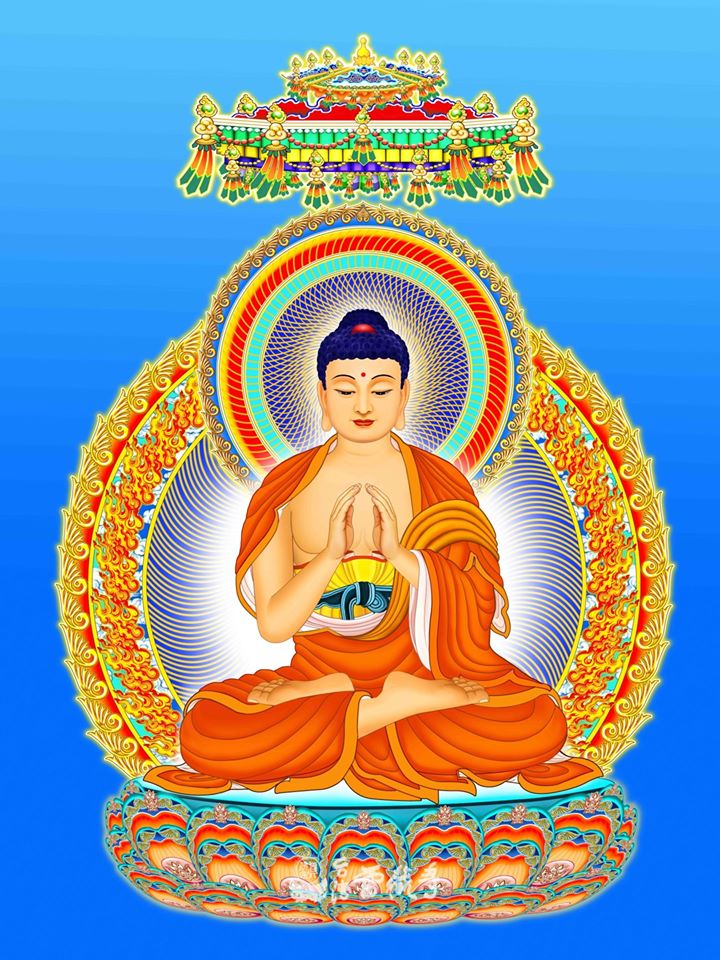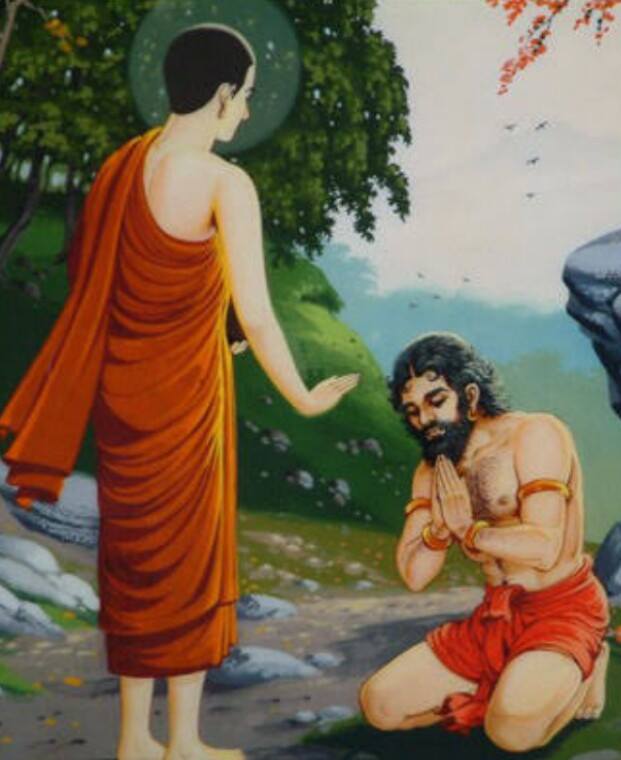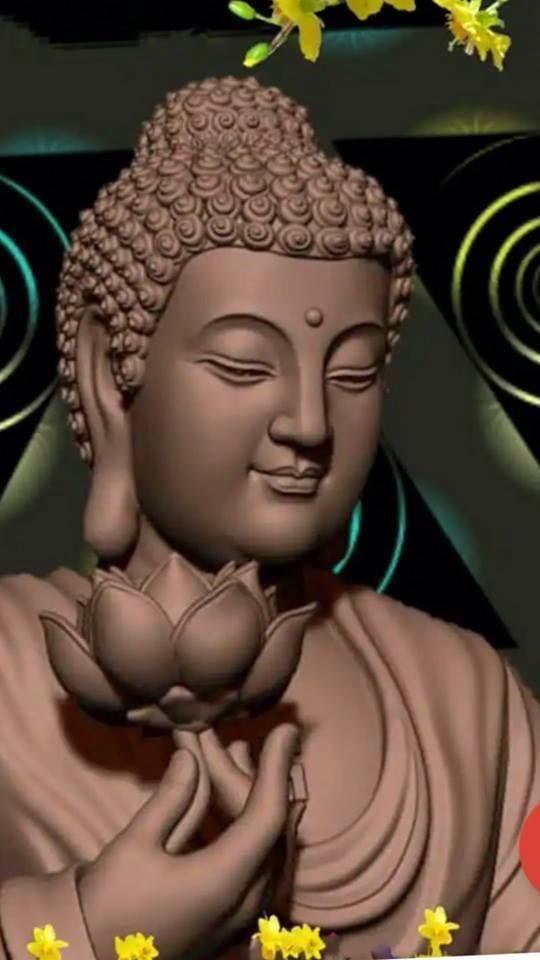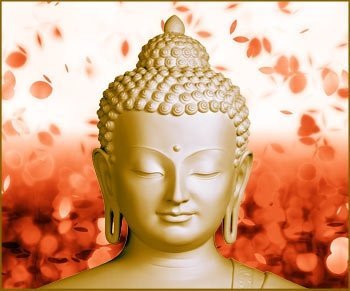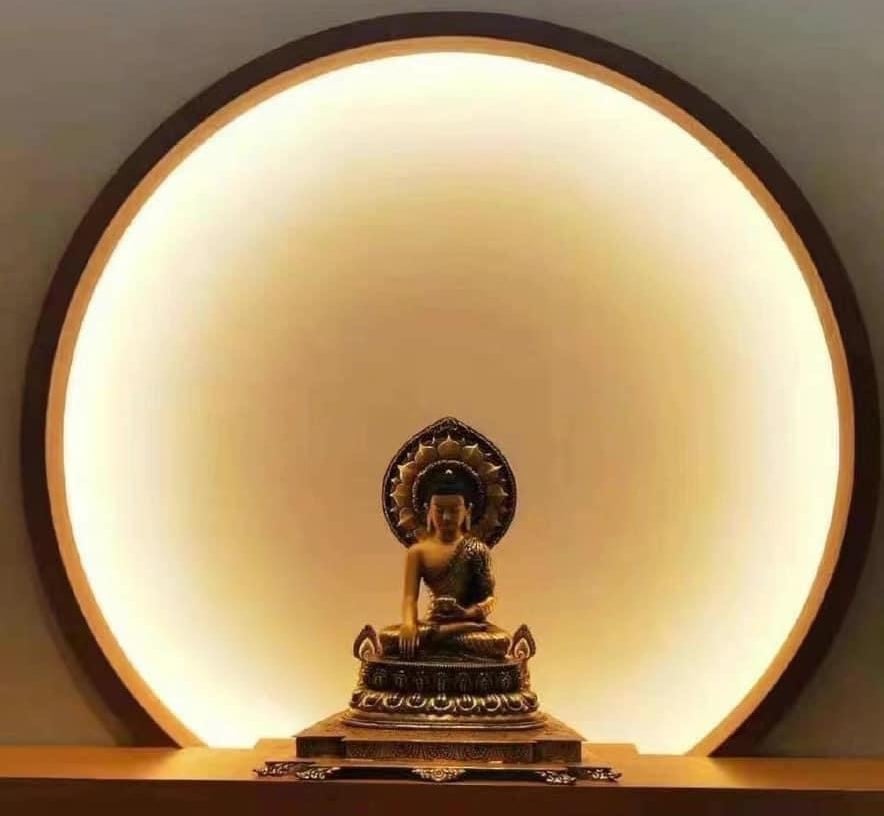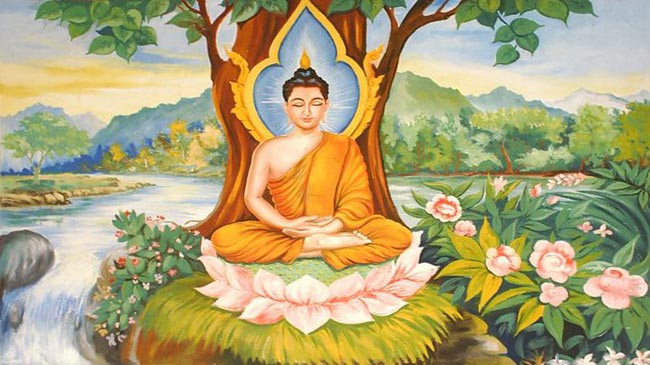Dharmacharya Andrew. J. Williams
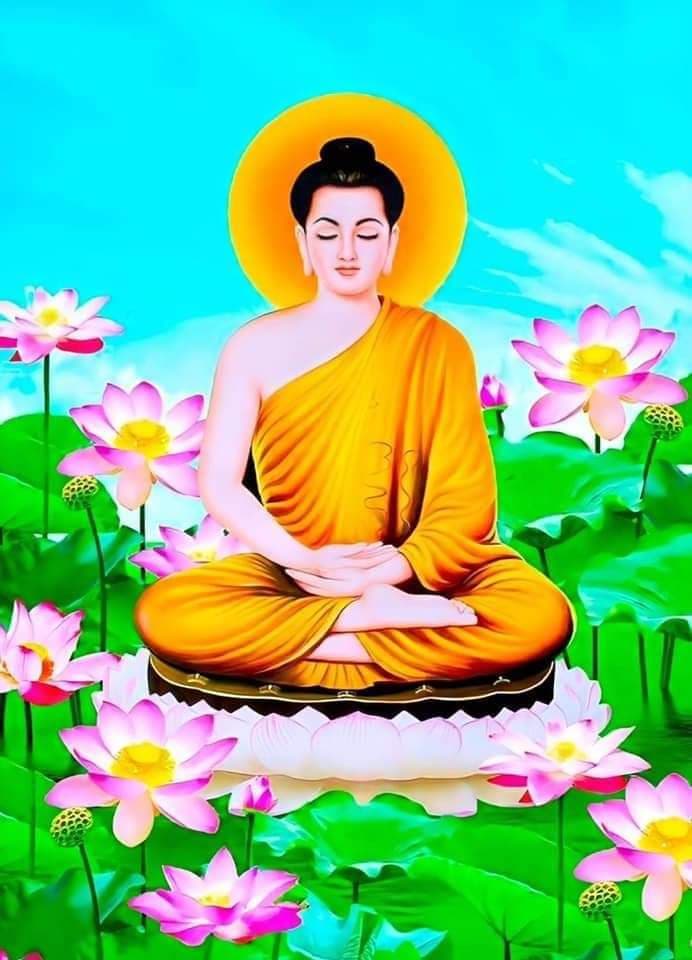
CLEAR & SIMPLE MEDITATION INSTRUCTION
●◆● ════ ◆◇◆════ ●◆●
“Firstly you sit in a posture that reflects the real practice that is happening internally, in your mind. The position expresses stability, alertness, clarity and peace. It must be very comfortable so that you can sit for the length of the meditation without moving too much.
The stillness of your body can help the mind to become still and settled, which in turn helps you to maintain physical calm. You can see how the mind and body are interrelated.
Again, the most important thing is to be comfortable. So find a position that is comfortable and stable for you.
The object of your concentration will be the feeling of your breathing, on the air as it enters the nostrils and leaves the nostrils. Breathing in and out through your nose, identify where and how you experience the sensation, it is quite subtle. This is the object of concentration.
Now, close your eyes and take a couple of deep breaths in and out to relax into the posture. Just for a moment, be aware of your body, how it feels, and be aware of the space around you.
Now scan your body and check for any areas of tension. Beginning with your feet. Be aware of any feelings of tension. Check your legs and your spine. Often we hold tension in our shoulders and necks. If so, consciously release these feelings and breathe them out.
Check your face, if you’re frowning, relax these muscles, let your forehead become smooth. Relax your eyes and jaw. Breathe out any feelings of discomfort and establish a feeling of ease and stillness.
Now that your body is relaxed, just for a few moments check your state of mind. There might be feelings of anxiety or distraction, happiness or sadness, interest or boredom.
Acknowledge whatever your state of mind is in without judging whether it is good or bad. And, make some kind of determination to let go of any pre-occupations for this short time, in order to focus your mind on the object of meditation.
Decide how long you are going to sit for and make a commitment to stay with it for that length of time. Five or ten minutes is fine at the beginning.
Now that you have achieved a relative level of stillness of body and mind, you should make your motivation clear for practicing this meditation. This can be done in the form of an aspirational prayer or as a clear intention.
Doing this gives your meditation energy for it to be successful. It might be something like, ‘I am going to engage in this practice to develop greater clarity of mind, and be more peaceful, kind, compassionate and skilful in my relationships with others.’
Breathing normally and gently, you observe your breath. Notice that it feels cool as you breathe in and slightly warm as you breathe out. Try to keep your attention focused seamlessly on your breath, from beginning to end.
Thoughts will appear, but don’t get involved with them. Merely notice their existence and bring your attention back to your breathing. Breathing in and breathing out. If signs of boredom creep in, bring your awareness of your breathing more vividly to your mind.
Just keep your mind on this natural process of breathing. Begin to feel a deep sense of ease and calm pervade your body and mind.
Remain in the present moment of awareness, merely feeling the gentle warmth of your breathing. There is no need to achieve anything. Just be content to sit quietly. Breathing in and breathing out.
Your mind becomes progressively more tranquil and peaceful. Stay there with clear awareness. All anxiety, tension, frustration, fear and worry completely disappear from your body and mind. Your mind is now at rest, relaxed and peaceful.
As you bring this meditation to a close, you can resolve to develop this peaceful, clear state of mind, and bring it into your daily life, in order to develop peaceful relationships with those close to you, and even those people with whom you have difficulty with. In this way you contribute to world peace.
This meditation, if practised regularly, improves concentration and memory and reduces anxiety. The best time to practise is in the morning, when the mind is rested and refreshed. It is, however, beneficial at any time of the day. If practised at night, it can be helpful to unwind and relax before sleep.”
●◆● ════ ◆◇◆════ ●◆●
~Dharmacharya Andrew. J. Williams~


